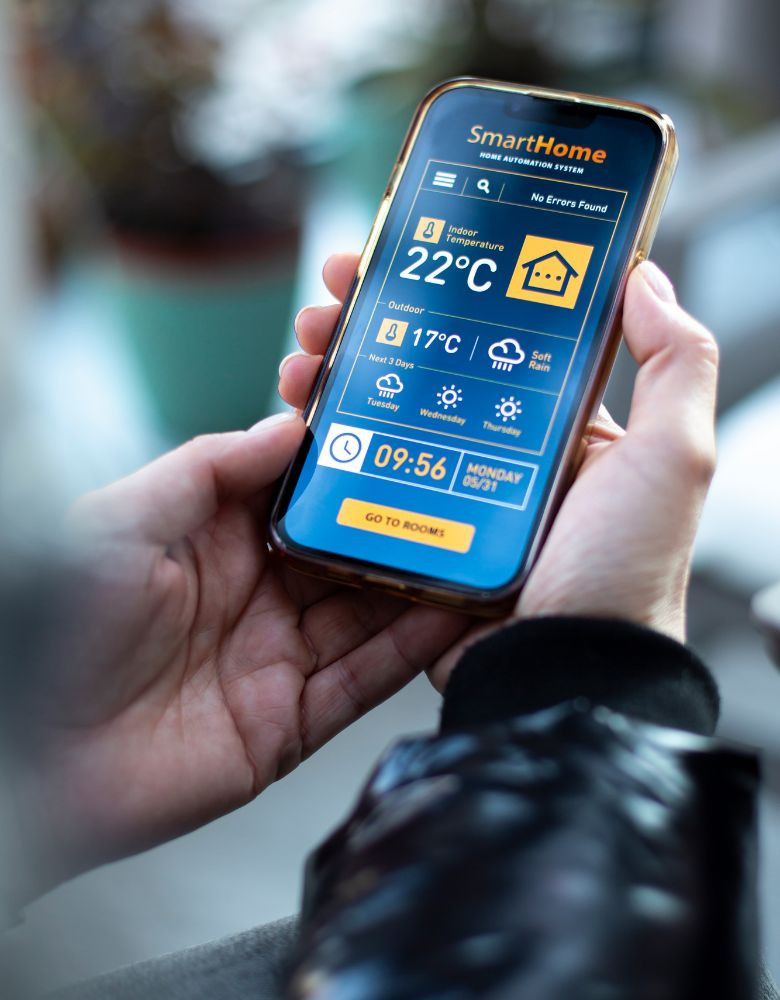In the Emirates, paying the highway toll is as simple as the license plate.
No devices, no choices, no queues.
Just a system that works.
In this article, I share how this experience made me reflect on true digital innovation — the kind that really simplifies.
And what we can learn when designing business services and processes.
Just the license plate: how tolling really works in the Emirates
During my last trip to Dubai, I rented a car.
Passing through the highway toll gates, I noticed some light flashes.
I expected a speed camera, but it was something else entirely: it was the toll system.
No toll booths, no Telepass, no barriers.
The license plate is read, the system recognizes who rented the car, and the amount is charged automatically.
No action required on my part.
No top-ups, no logins, no disconnections.
And do you know what’s most surprising?
It works for everyone. Always.
Because it’s standard. No need to choose whether to join or not, no devices to activate.
Just the license plate.
Result? No queues, no friction, no users excluded.
Just a system designed to work automatically, serving people.
Integration, not multiplication: the problem of a thousand devices
In Italy, instead, we have the Telepass.
A good idea, of course. But it’s optional. Not everyone has one.
And it requires a physical device to install, update, replace.
Each device is a cost, a possible breakdown, an extra variable.
And this also applies in companies.
Every time we introduce new software, a new platform, a new tool, we increase complexity.
If these tools are not integrated, we haven’t improved anything.
We’ve only added another toll booth.
What works in the Emirates is integration.
The fact that everything starts from a single data point (the license plate), already existing, already verified.
No duplicates, no logins, no parallel systems.
In companies, instead, how many systems do we use to say the same thing?
How many tools duplicate efforts?
How many times do we have to update the same data in three different places?
The smart toll example clearly tells us that the future is not adding software, but making them talk to each other.

The illusion of choice: when standardizing is a form of respect
One of the most interesting aspects of the Emirates toll system is that you are not asked to choose.
You don’t have to decide whether to join, sign anything, or read instructions.
The system is already active, already designed for you.
And paradoxically, in this, you feel freer.
In the digital world, too often the customer is left the task to “configure.”
Choose plans, activate accounts, check boxes, manage notifications.
But is this really freedom? Or is it a hidden delegation?
Standardizing doesn’t mean limiting. It means simplifying the experience, removing friction, anticipating needs.
And above all, it means taking responsibility as designers.
Every time we leave the technical choice to the client, we avoid doing the work for them.
We give up truly designing.
The smart toll system shows that it can be done differently. We can decide on one path for everyone — functional, safe, and clear.
Then focus on what really matters: the user experience.
Designing zero friction: a matter of mindset
The real value of the Emirati system is not the technology.
It is the design mindset.
They designed the user experience by putting themselves in the user’s shoes.
They removed steps, made the system invisible, and guaranteed a continuous, safe, automatic service.
And they did it for everyone.
In companies, often the focus is on function, on internal processes.
Tools are designed thinking of those who build them, not those who will use them.
Result? Complexity, errors, abandonment.
The zero friction principle is simple: if a step can be eliminated, it should be eliminated.
If data can be pre-filled, it must be.
If a choice can be made beforehand, it should be made.
Every second you save the user is trust you are building.
Every friction removed is one more chance the user stays, buys, returns.
The toll example is clear: zero clicks, zero choices, zero mistakes.
But 100% functional.
Do you really want to simplify? Start from what you already have
The smart toll system didn’t invent anything.
It simply used intelligently data that already existed: the car’s license plate.
This is the key point.
You don’t need to overhaul everything.
You need to understand what already exists and design it better.
In companies we already have data, tools, processes.
Often the problem isn’t the lack of technology.
It’s its disorganization.
Or worse, its mismanaged abundance.
Starting from what you have means mapping flows, understanding where they get stuck, eliminating redundancies, building connections.
The future of digital is not building new castles.
It is connecting well the rooms we already have.
And when you do that, it happens like in the Emirates: the customer doesn’t notice the technology.
They only notice that it works.



